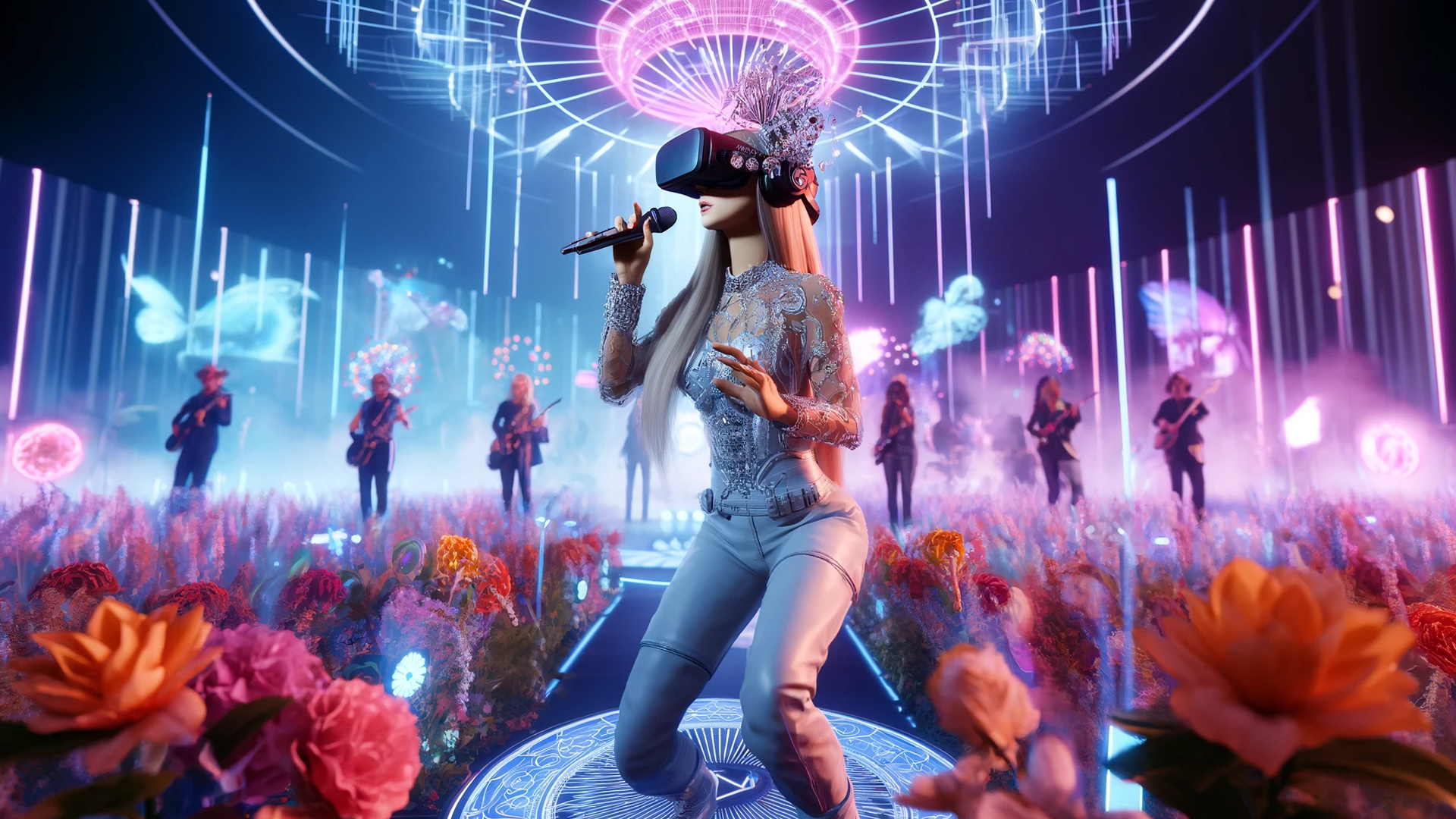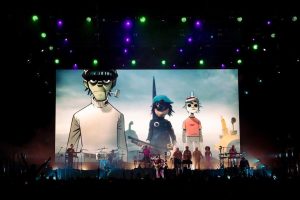Introduction
With technology continually shaping how we experience entertainment, virtual reality (VR) has emerged as a game-changer in the world of live performances. As VR technology advances, virtual reality concerts are becoming an exciting possibility, offering audiences a way to experience live shows without the need to physically attend. This article will explore the evolution, benefits, challenges, and potential future of Virtual Reality Concert as a major force in the entertainment industry.
Understanding Virtual Reality Concerts

A virtual reality concert immerses users in a 3D digital environment where they can watch their favorite artists perform as if they were at an actual live venue. Equipped with a VR headset, audiences can view a 360-degree stage and interact with other attendees, making the experience feel lifelike and personal. This approach to concerts is particularly popular among tech-savvy audiences and fans who seek more personalized and interactive experiences from the comfort of their own homes.
What Makes Virtual Reality Concerts Unique?
Virtual reality concerts offer fans something very different from traditional live shows. Imagine putting on a VR headset and suddenly standing right in front of the stage, no matter where you are. Fans can look around and feel like they are part of the concert, seeing the stage and the crowd from all angles. This kind of experience makes fans feel closer to the artist, even if they are thousands of miles away. This unique experience is a big reason why VR concerts are gaining popularity.
How VR Concerts Can Change the Music Industry
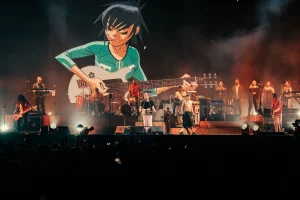
Virtual reality concerts could make big changes in the music world. Musicians can reach more people at once, even fans in places where they don’t usually tour. VR also helps new artists, letting them perform for fans without needing a big concert venue. This could help small artists get noticed and grow their fan base. As VR concerts become more popular, they might change how artists plan their tours and shows.
The Role of Technology in VR Concerts
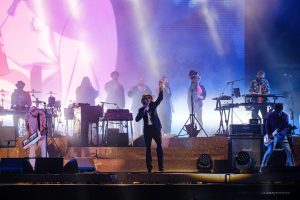
The success of VR concerts depends a lot on technology. High-quality VR headsets are needed for fans to get the best experience, and those can be expensive. Also, the internet connection needs to be very fast to avoid lag or glitches, which can make the concert less enjoyable. As VR technology improves and becomes cheaper, more people will be able to join in on these virtual experiences, making VR concerts even more popular in the future.
Combining VR and Real Concerts

Some artists are starting to use both VR and live concerts together. For example, they might perform live for people in the audience while also streaming the show in VR for fans who couldn’t be there. This way, fans get the best of both worlds. They can feel part of the live event but still experience it from anywhere in the world. This mix of real and virtual concerts could be a new trend, helping artists connect with even more fans.
Bringing Live Music to More People
One major benefit of VR concerts is that they are accessible to people everywhere. For some fans, attending a live concert in another city or country is too expensive or too far. But with VR, all you need is a headset and an internet connection to “attend” the concert. This helps fans who might not otherwise have a chance to see their favorite artists perform live. VR concerts could open up new ways for fans from all over the world to enjoy music together.
Reducing the Environmental Impact
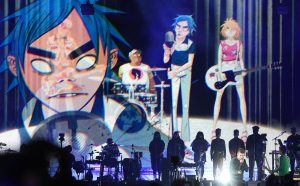
Live concerts often mean thousands of people traveling by car, plane, or train, which can harm the environment. By watching concerts from home, fans help reduce the need for transportation and the pollution that comes with it. Organizers can also save resources on building stages, setting up sound systems, and using large amounts of electricity. With virtual reality concerts, the music industry can take a small but important step toward being more environmentally friendly.
The Benefits of Virtual Reality Concerts
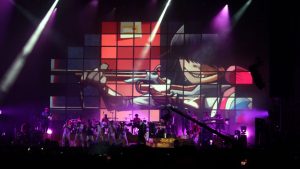
Virtual reality concerts offer unique advantages over traditional concerts. Some of these benefits include:
- Accessibility: VR concerts make it easier for fans worldwide to attend, regardless of location or financial limitations.
- Personalized Experience: Viewers can choose seating positions, interact with virtual fans, and enjoy front-row views.
- Reduced Environmental Impact: By reducing the need for travel, VR concerts promote sustainability, helping decrease carbon emissions from transportation.
- Cost-Effective for Organizers and Fans: With VR, there’s no need for large physical venues, reducing production costs and often making tickets more affordable for fans.
The Technical Challenges

Although promising, virtual reality concerts face significant challenges that may affect their widespread adoption:
- High Production Costs: Creating high-quality VR content requires sophisticated technology and experienced professionals, making it expensive for organizers.
- Technological Limitations: Not all fans have access to VR headsets or high-speed internet, which can limit participation.
- Limited Physical Interaction: While VR concerts simulate a concert environment, they lack the physical energy and atmosphere of a live crowd, which some fans may miss.
- Technical Issues: Lag, glitches, and VR headset discomfort can hinder the immersive experience, impacting user satisfaction.
The Current Landscape: VR Concerts in 2024

With more artists experimenting with VR shows, the popularity of VR concerts is on the rise. Artists such as Travis Scott, Ariana Grande, and Lil Nas X have already held VR performances through popular gaming platforms and VR-specific applications. As technology improves, we can expect more artists and audiences to embrace virtual reality as a viable concert format. However, these concerts still face competition from traditional live shows and streaming services, making the journey to mainstream acceptance gradual.
Creating Special Concert Experiences
VR concerts offer fans some very unique experiences. For example, artists can create virtual stages that look like anything they imagine, like a fantasy world or a futuristic city. They can add special effects that are hard to do in a real venue, like 3D animations or interactive lights that respond to the music. This makes VR concerts feel like a mix of a concert and a digital art show, which fans find exciting and different.
Affordable Concert Options for Fans
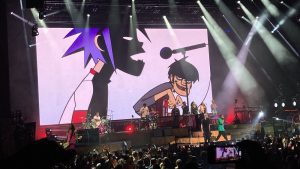
Traditional concert tickets can be very expensive, especially for popular artists. With VR concerts, there’s a chance to make tickets cheaper, since the artist doesn’t need to rent a large venue or travel as much. For fans, this means they could attend more concerts without spending too much money. VR concerts might also offer different ticket levels, letting fans choose what they want to pay for their virtual seat or extras like a digital meet-and-greet.
Will VR Concerts Take Over Live Shows?
While VR concerts are exciting, they might not fully replace live shows. Many fans love the energy of a live crowd, the feeling of being close to the artist, and the shared excitement of a concert. The sense of being in a live place with enthusiastic spectators is still unmatched by virtual reality. Instead of taking over, VR concerts will likely become another option for fans, giving them more ways to enjoy music based on their preferences and budgets.
The Future of VR Concerts

Virtual reality concerts are likely to continue evolving, with new technological advancements making the experience more affordable and accessible. In the future, VR concerts could feature even more interactive elements, like personalized soundtracks, customizable avatars, and AI-enhanced audience interaction. These improvements could transform VR concerts into a staple of the entertainment industry, potentially rivaling traditional live performances in popularity.
Comparative Analysis: VR Concerts vs. Traditional Concerts
| Aspect | VR Concerts | Traditional Concerts |
|---|---|---|
| Accessibility | Accessible globally with a VR headset and internet | Limited by location and venue capacity |
| Audience Interaction | Virtual interaction; limited physical engagement | Real-time physical interaction |
| Environmental Impact | Low; reduced need for travel | High; transportation of attendees |
| Cost | Potentially lower ticket prices | Often high ticket prices due to logistics |
| Experience Realism | Immersive, but lacks real atmosphere | Authentic crowd and energy experience |
| Technology Dependency | Requires VR hardware and stable internet | Minimal; depends on venue infrastructure |
Analysis Table: Key Factors Influencing VR Concerts
| Factor | Impact on VR Concerts | Explanation |
|---|---|---|
| Technology Development | Positive | Improved VR tech enhances quality |
| Market Demand | Growing | Increasing interest in immersive content |
| Accessibility of Hardware | Mixed | High cost of VR headsets limits audience |
| Environmental Concerns | Positive | Eco-friendly option; reduces travel need |
| Fan Engagement | Mixed | Engaging but lacks live concert energy |
Conclusion: Are Virtual Reality Concerts the Future?
The potential of virtual reality concerts is undeniable, but their success hinges on overcoming technical and economic challenges. As VR technology becomes more accessible, virtual concerts may become a popular alternative to live performances, especially for those who value accessibility and sustainability. However, it’s unlikely VR concerts will fully replace the experience of traditional live events. Instead, they will coexist, offering diverse entertainment options that cater to the unique preferences of modern audiences.

